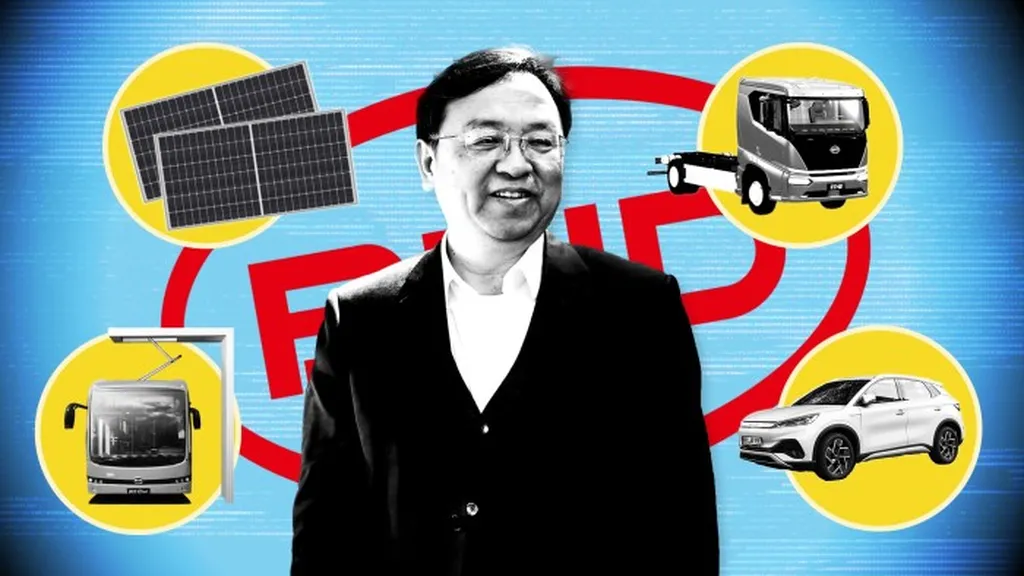In the heart of Brazil, researchers are tackling one of the most pressing challenges in the global energy transition: how to integrate renewable energy sources into the power grid efficiently and reliably. A recent study published by Dalton F. Guedes Filho, from the Department of Computational Modeling at SENAI CIMATEC University Center in Salvador, Bahia, sheds light on the optimization and integration strategies for Hybrid Renewable Energy Systems (HRES). This research, published in IEEE Access, could significantly impact how countries like Brazil—and indeed the world—transition to cleaner energy sources.
The global push towards renewable energy is undeniable, but it comes with its own set of hurdles. Solar and wind power, while clean, are intermittent. The sun doesn’t always shine, and the wind doesn’t always blow. This intermittency can disrupt the stability of the power grid, making it crucial to develop systems that can mitigate these fluctuations. Enter HRES, which combine multiple renewable energy sources with energy storage solutions to provide a more consistent power supply.
Guedes Filho’s study delves into the methodologies for designing and optimizing HRES, with a particular focus on their integration into the national power grid. “The key to a successful energy transition lies in our ability to optimize these hybrid systems,” Guedes Filho explains. “By doing so, we can enhance the reliability and efficiency of renewable energy sources, making them a viable option for large-scale grid applications.”
The research analyzes various optimization techniques, including metaheuristic algorithms and simulation tools like HOMER. These tools are essential for predicting and managing the complexities of integrating renewable energy sources into the grid. However, the study also highlights critical gaps in current optimization strategies, energy storage integration, and economic feasibility analysis.
One of the most significant challenges is the regulatory and operational hurdles that come with integrating HRES into the existing power grid. “Regulatory frameworks need to evolve to support the integration of these systems,” Guedes Filho notes. “This includes policies that incentivize the use of renewable energy and provide a stable regulatory environment for investors.”
The findings of this study provide valuable insights for both researchers and policymakers. By addressing the identified gaps, they can work towards enhancing the reliability and efficiency of HRES in large-scale grid applications. This could pave the way for a more sustainable energy future, where renewable energy sources play a central role in meeting the world’s energy demands.
The implications of this research are far-reaching. For the energy sector, it means a potential shift towards more reliable and efficient renewable energy systems. For investors, it opens up new opportunities in the renewable energy market. And for consumers, it promises a more stable and sustainable energy supply.
As the world continues to grapple with the challenges of climate change, studies like Guedes Filho’s offer a beacon of hope. By optimizing and integrating HRES into the power grid, we can move closer to a future where clean, renewable energy is the norm. The research, published in IEEE Access, known in English as IEEE Open Access Publishing, is a significant step in this direction, providing a roadmap for the future of renewable energy integration.

